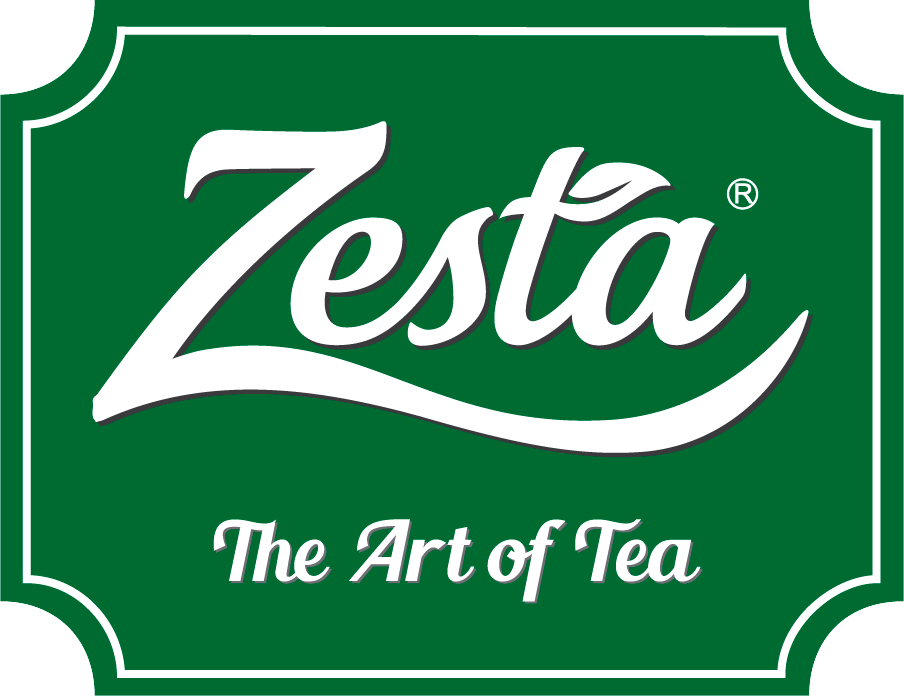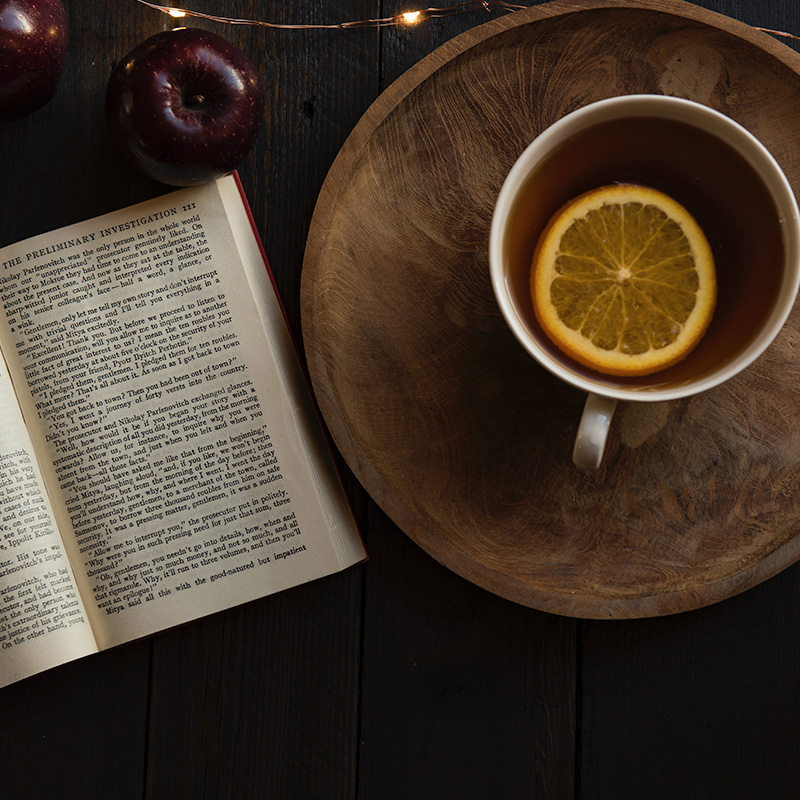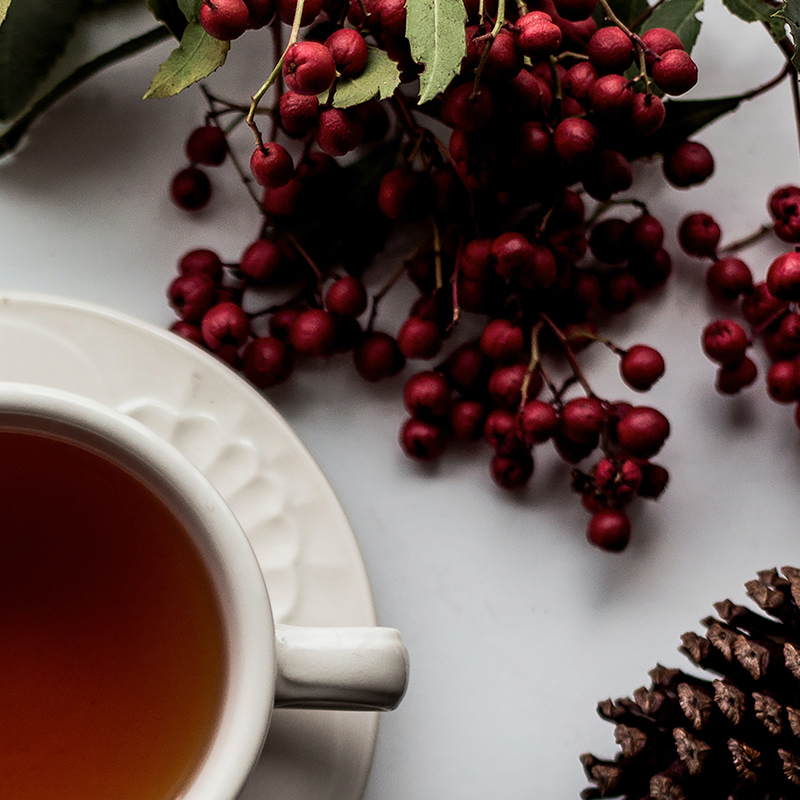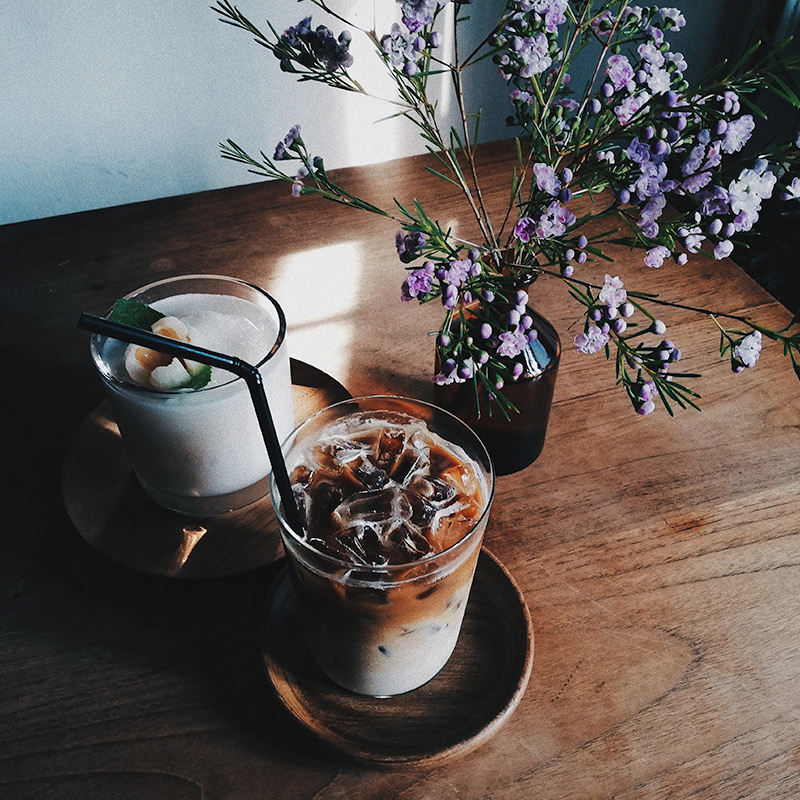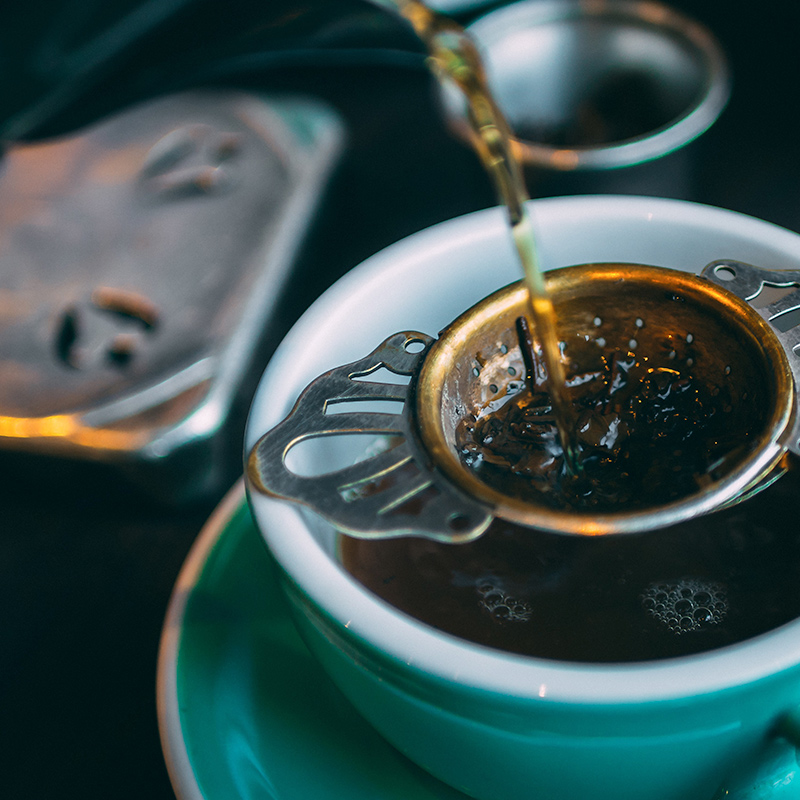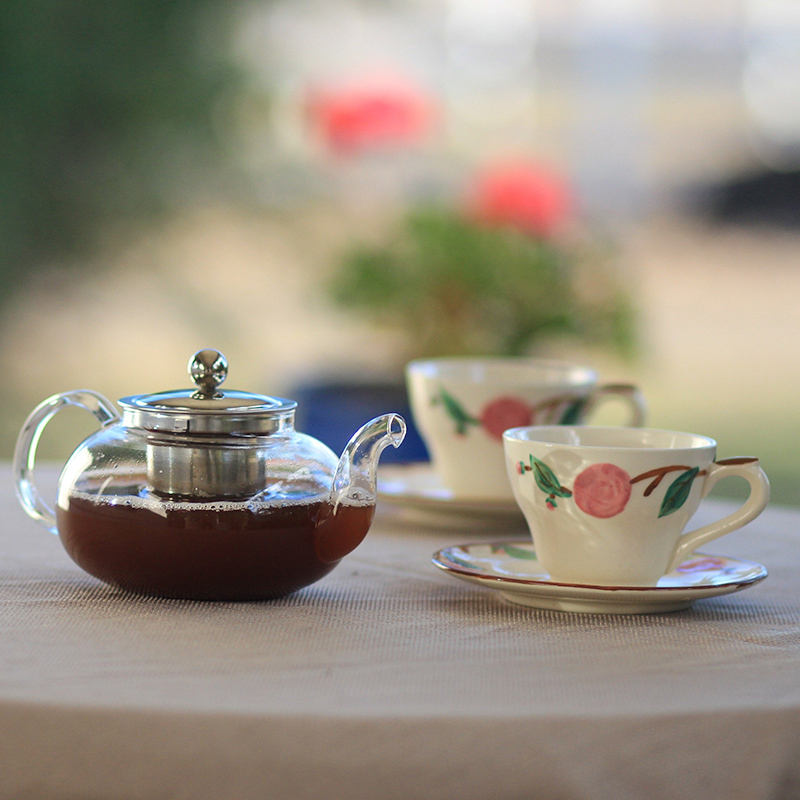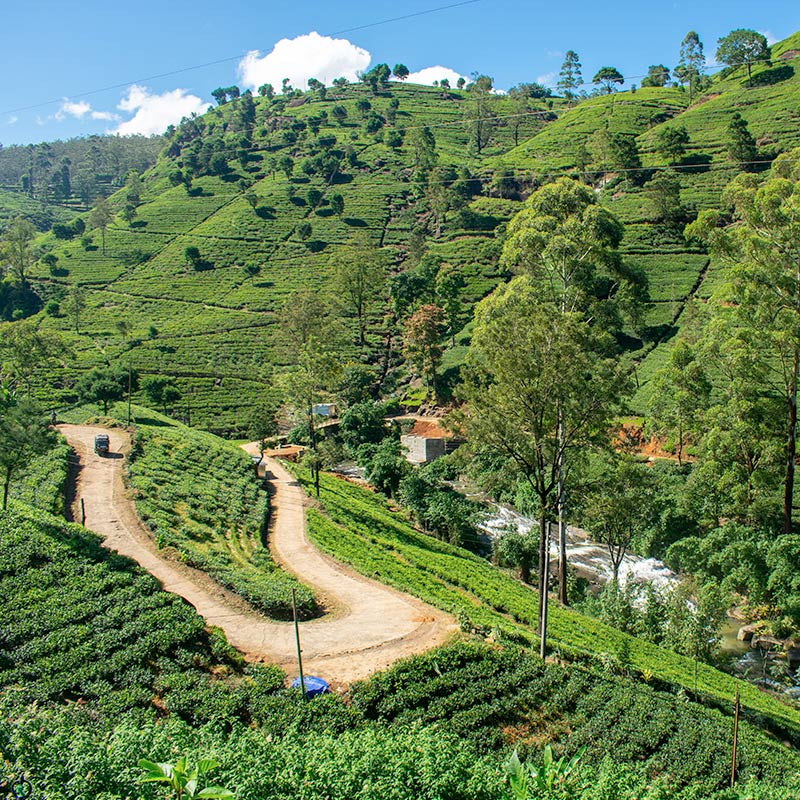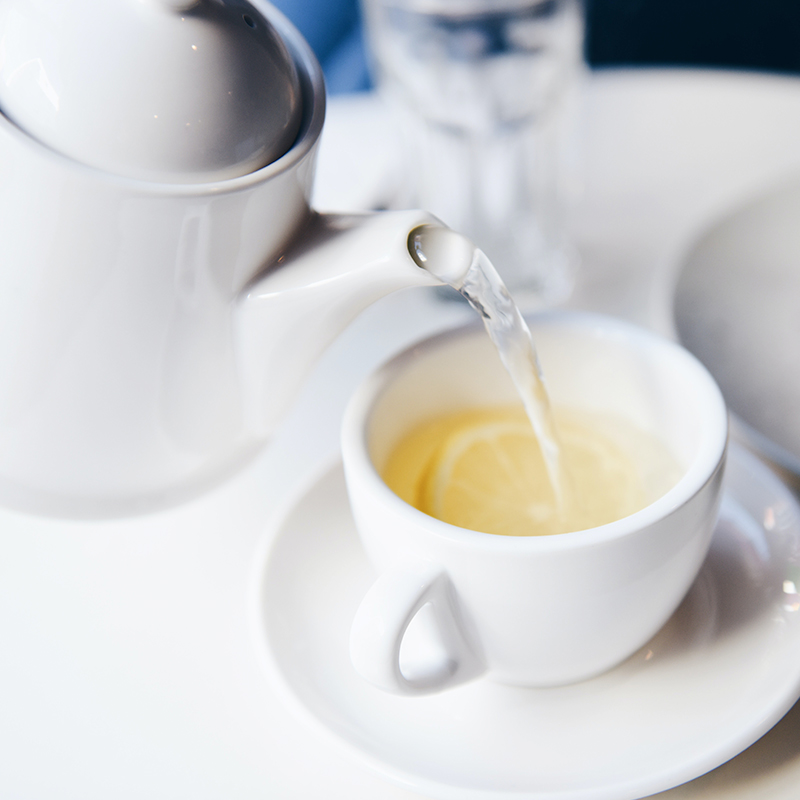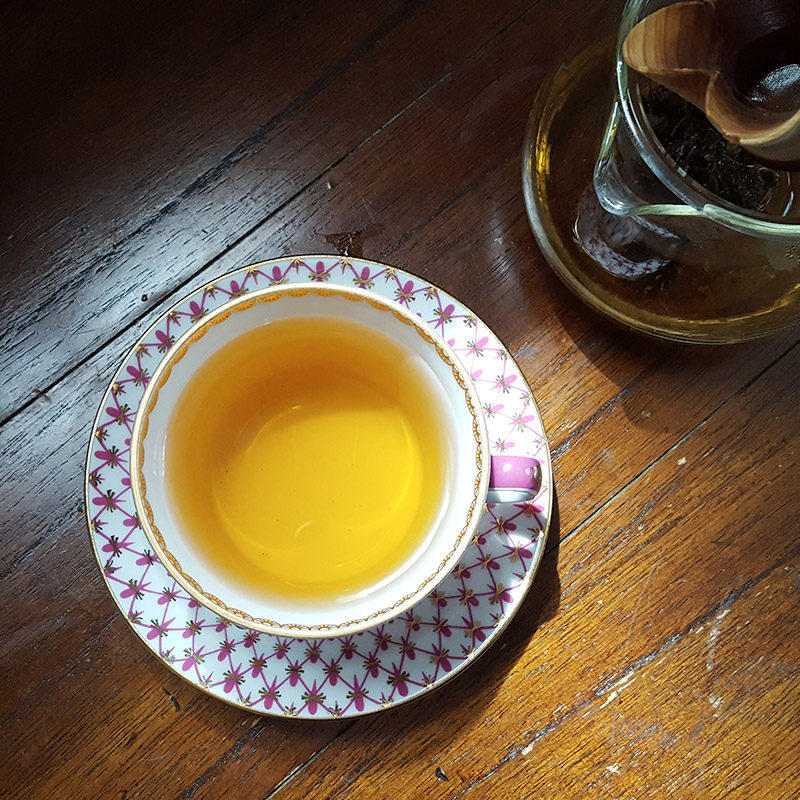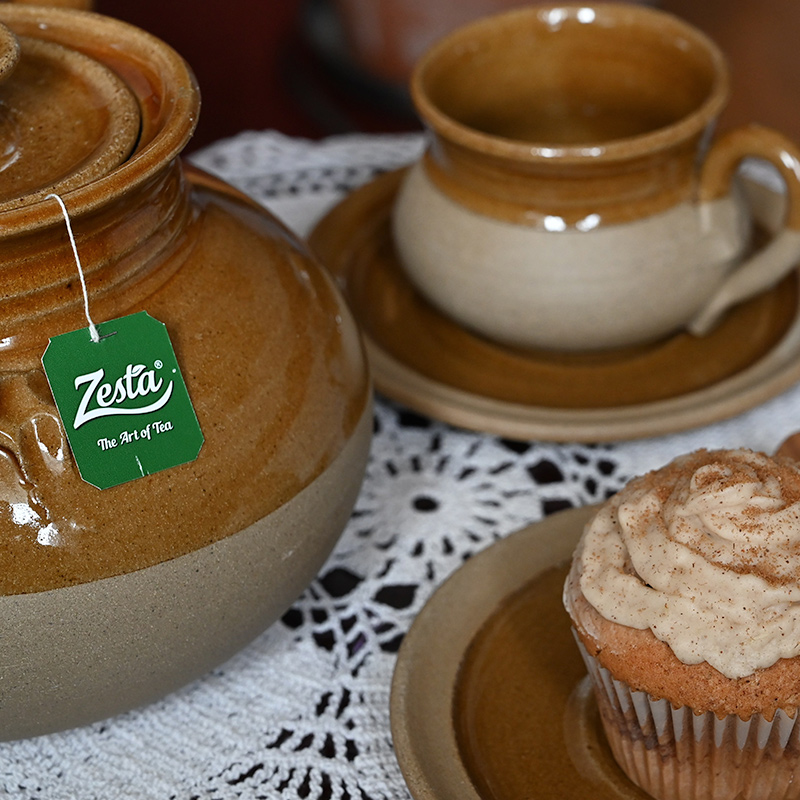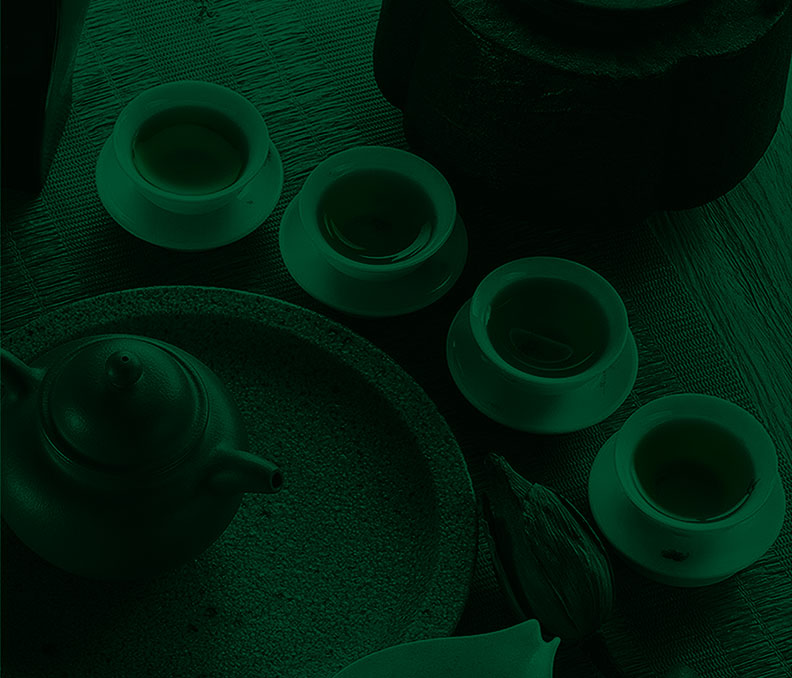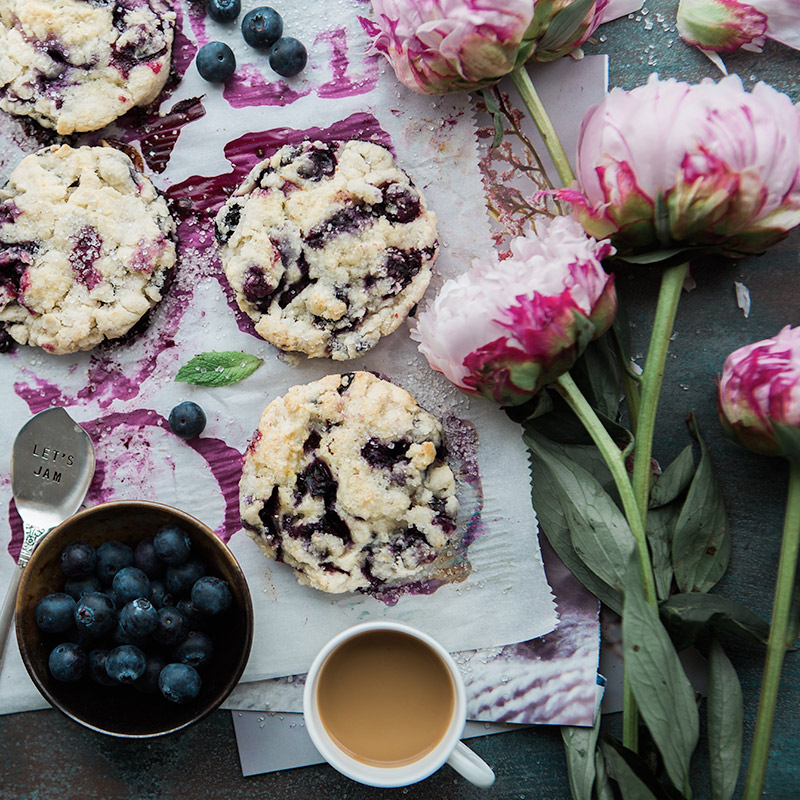
Ever since the British initiated the High-Tea tradition in the 1700s, it has caught on and to-date remains a fun and classy affair around the world. It has evolved throughout the years and can either be a casual, simple occasion or a fully-fledged soiree. Either way, there are some fundamental rules and traditions that one must adhere to when throwing a par-tea!
- Setting the scene
Tea parties are a great way to celebrate occasions; be it a bridal shower, a baby shower, a birthday party or just a simple gathering of friends, you can’t go wrong with it.
Since it is a special occasion, the first thing to check is the location and setting. When you mention “tea-party”, the first image that pops into your head is usually an outdoor garden like setting. However, one can still choose an indoor setting as well. If it is an outdoor setting, you don’t have to worry about light too much unless the party would go beyond the dusk hours. In that case, you could bring out the candles or turn on the fairy lights that line the trees or bushes. If you opt for an indoor setting, keeping the lighting gentle and dim is perfect!
Bring out the fancy tablecloth and the Chinaware. However, it doesn’t always have to be fancy; using mismatched tea sets look very appealing and adds more character to the table. Arrange your cutlery, teacups, saucers, teapots and tiered cake stands if you’ve got them, neatly on the table, along with napkins. You could choose to have some fresh flowers as the centrepiece of the table to align with your garden themed party.
- Dress code
The tea party is a serious affair and therefore, the dress code must be appropriate. To be able to give a better idea to the guests, you could mention the themes. Some great examples of themes are Mad Hatter party; if it is a gender reveal party, it could be pink or blue as the main colour; floral attire; Victorian and Disney princess. The choices are limitless. A fun way of encouraging guests to dress up is to announce that at the end of the day, the best-dressed guest would win some great goodies. Everyone loves to win; therefore, this is a fool-proof idea.
- The tea
There can’t be a tea party without tea. This is the centre of the occasion and the part where you don’t have to limit yourself because you get to indulge in the many varieties of tea available. Browse through our online stores to find out just how many tea types Zesta has on offer, whether black, flavoured, green or herbal. Experiment with flavours and brew a couple of different types of tea and have them ready in the teapots. You could also opt to serve each guest with their own tray inclusive of a pot, jug of milk and necessary condiments and invite them to make their own brew. This would be an interactive experience that would liven up the party as well. If guests prefer to have iced-teas, it can be made possible by having a dispenser offering just that. Apart from tea, do make sure there is water available. To make the jug of water look not so boring, you could add a few slices of lemon or orange which will also serve as palate cleansers.
- The spread
Since there is a variety of tea, the choices of food items should not be limited. Sandwiches; a hassle-free and easy to prepare snack. To ensure they don’t get soggy, it is advisable to prepare the fillings beforehand and assemble them just before the party begins. Have a variety of fillings available to entertain different taste and diet preferences. For example, have vegetarian and pescatarian friendly options. To avoid confusion, put up pretty labels which will also add to the table decorations. Cake; every party needs a cake, especially when it involves tea. You could either have a big cake for the centrepiece or have cupcakes beautifully arranged in a tiered cake stand; either way, they would look quite appealing. The preferred cakes to be served are usually the light, fruity ones like lemon sponge cake or Victoria sponge cake- a classic sponge cake with whipped creams or jam. However, if you would prefer a denser, rich chocolate cake, by all means, go ahead. Scones; another classic item which is very easy to make pair up very well with butter and jam or fruit yoghurt.
- Interact
Now that everything else is in place, the most important part is to interact with your guests; catch up, introduce the guests to each other. Opt to set the tone with your favourite music, preferably on a low volume so it won’t drown out conversations. To make the event more interactive and fun, turn the party into an impromptu open mic session or perform some stand-up comedy. Reminder: Do not forget to take pictures of the event and the guests. These are not the only moments that you will cherish forever but will also be proof of the best tea party you’ve ever hosted.
Explore our exclusive collection of Zesta Ceylon Tea here.

